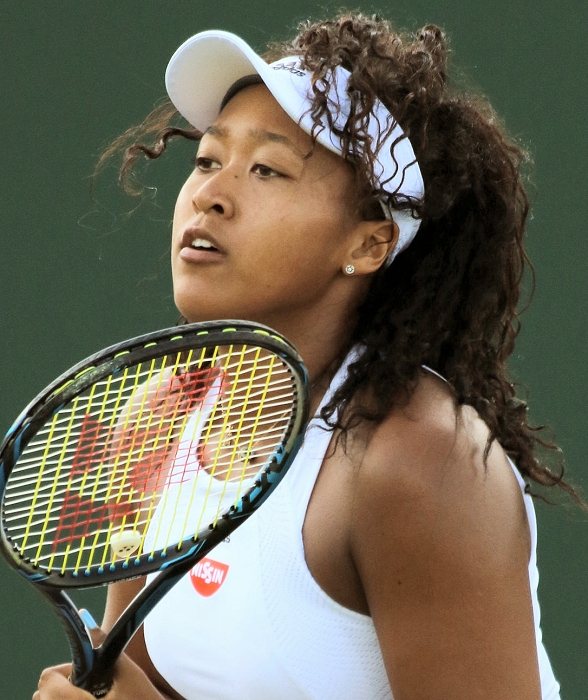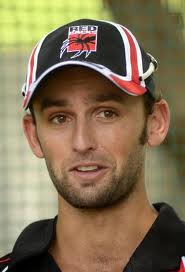Naomi Osaka's Return Highlights Inequities in Women's Tennis Support

Naomi Osaka, the former world number one tennis player, has emerged as a prominent figure in the discourse surrounding motherhood and professional sports. In her recent statements, Osaka reflects on her experiences since becoming a mother and her ongoing career in tennis. She expresses comfort in being recognized as a symbol of motherhood within sports but raises critical concerns about the Women’s Tennis Association (WTA) and its purported support for mothers in elite sports.
In a candid interview, Osaka articulated her discomfort with the WTA’s branding efforts, which she perceives as inconsistent with the actual support provided to athletes who are also mothers. She emphasized that while the WTA promotes its commitment to supporting mothers, the reality often falls short of this narrative. “It's one thing to have the branding; it's another to have the actual support when it matters,” Osaka stated.
Osaka’s return to the sport comes at a pivotal moment for women in athletics, as the conversation around maternity leave, childcare, and support for mothers in sports has gained visibility. According to a report by the Women’s Sports Foundation published in 2022, nearly 70% of female athletes have expressed concerns about the lack of adequate support systems during and after pregnancy, illustrating the hurdles faced by female athletes.
Experts in sports management and gender studies have weighed in on Osaka’s position. Dr. Emily Carter, a Professor of Sports Management at the University of Southern California, noted, “Osaka’s voice is crucial in this conversation. The disparity between the WTA’s messaging and the reality faced by mothers is a significant issue that needs addressing.”
Furthermore, industry leaders have echoed these sentiments, stressing the importance of developing policies that genuinely support female athletes. Mark Harrison, CEO of Global Sports Agency, stated, “Support structures must evolve to reflect the realities of female athletes’ lives. This includes maternity leave and childcare options that are accessible and equitable.”
Historically, the conversation about motherhood in sports has often been overshadowed by performance metrics and competitive success. However, as more athletes, like Osaka, share their experiences, the need for systemic change becomes increasingly urgent.
The current landscape of women’s tennis is marked by notable disparities in support for maternal athletes. While Osaka’s return to competitive play after maternity is a personal victory, it also serves as a spotlight on the broader systemic inequities that exist. The WTA has made strides in promoting female athletes but must also take concrete actions to ensure that their policies align with their stated values.
Looking ahead, the implications of Osaka’s advocacy could be far-reaching. As more athletes speak out about the challenges they face, there is potential for a significant shift in how sports organizations approach the needs of maternal athletes. The WTA, in particular, may have to reevaluate its policies and practices to foster a more inclusive environment for mothers.
In summary, Naomi Osaka’s return to tennis not only represents her personal journey but also underscores the urgent need for reform in the support systems for mothers in elite sports. As the dialogue continues, the hope is that the sports community will prioritize the well-being of all athletes, ensuring that motherhood and professional sports can coexist harmoniously.
Advertisement
Tags
Advertisement





